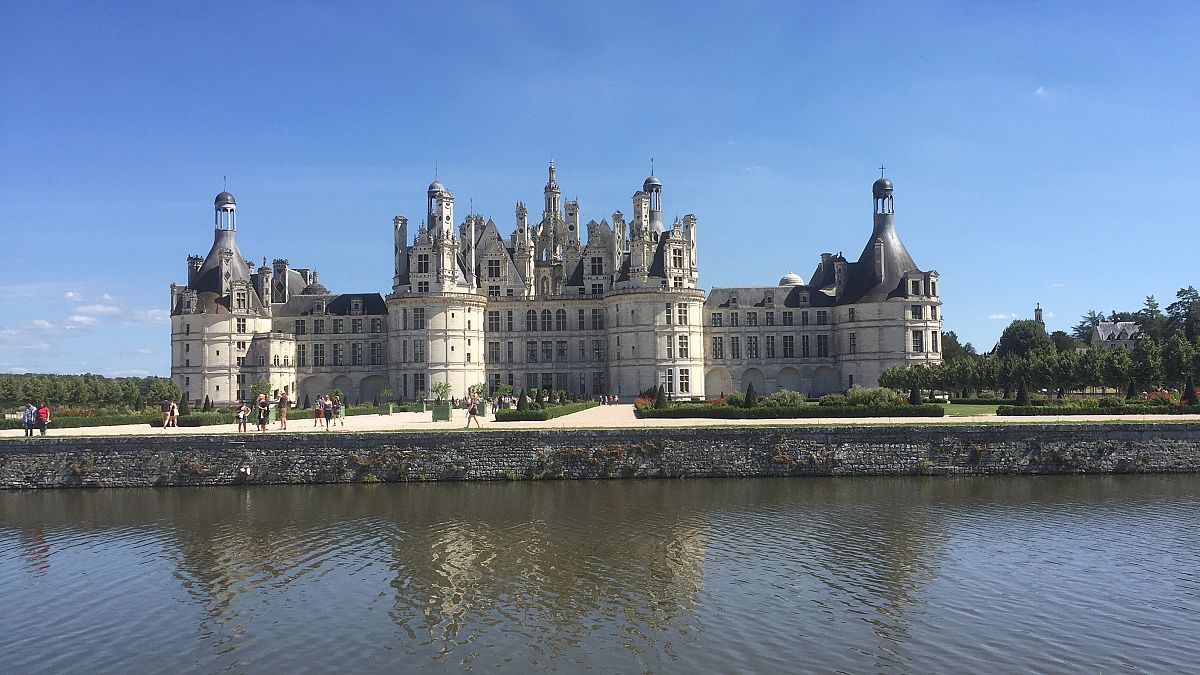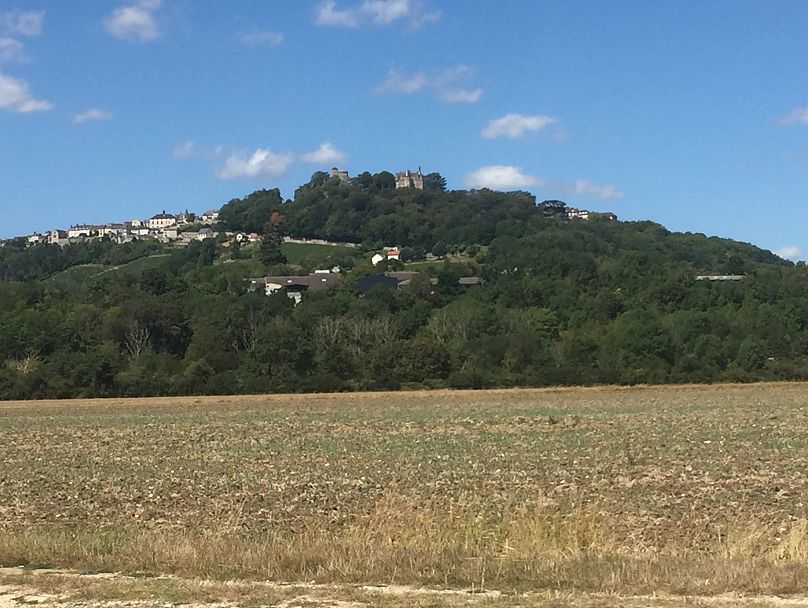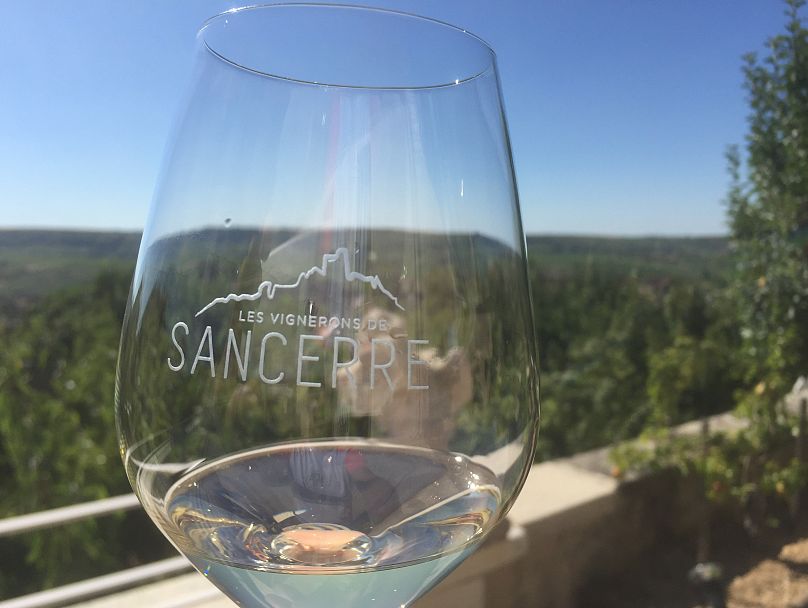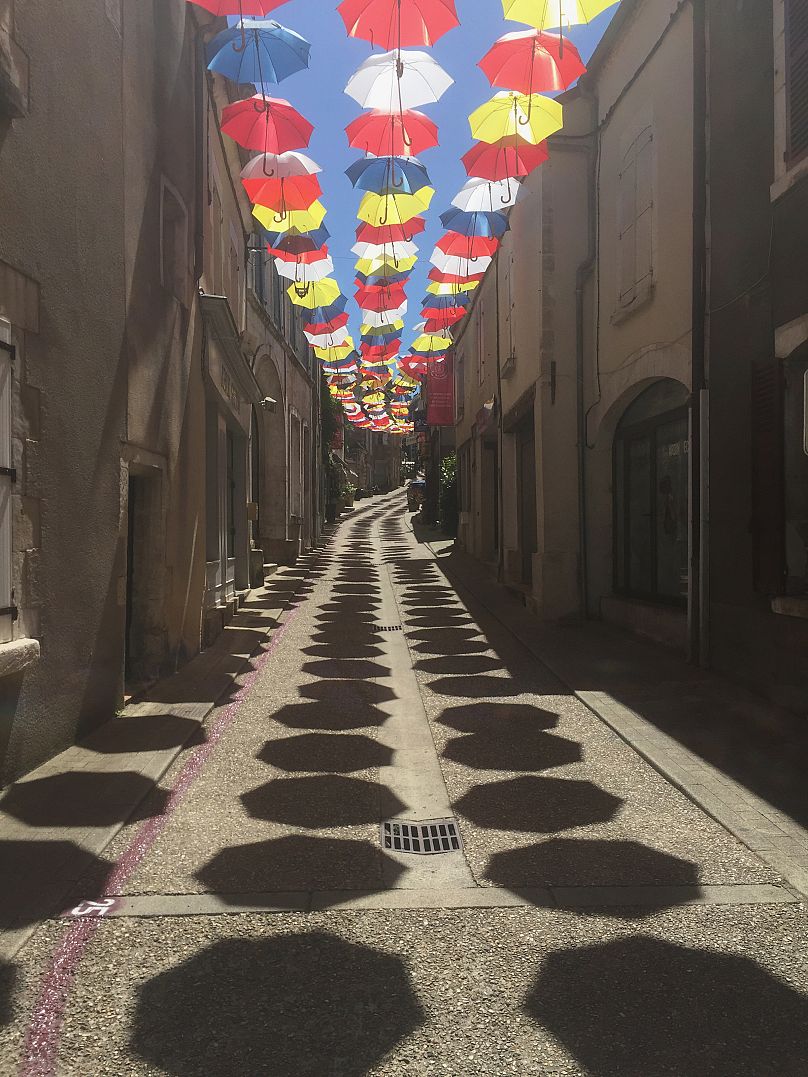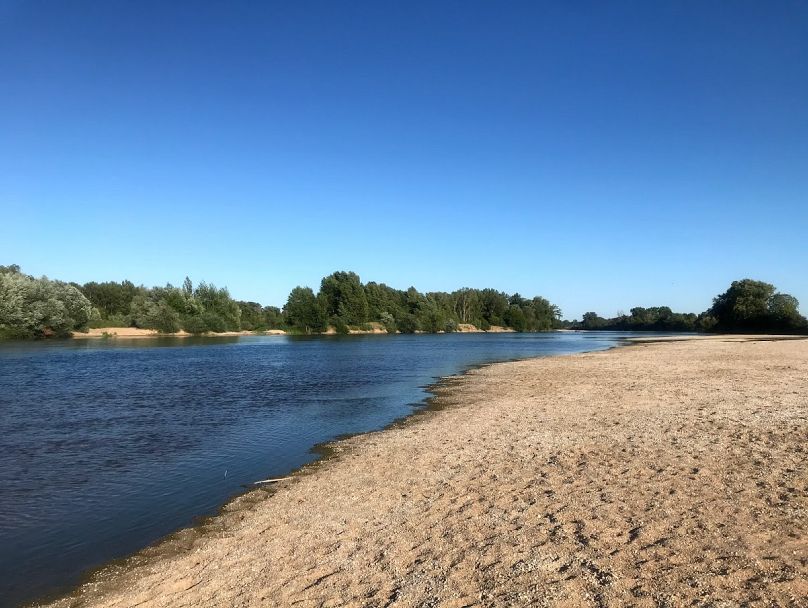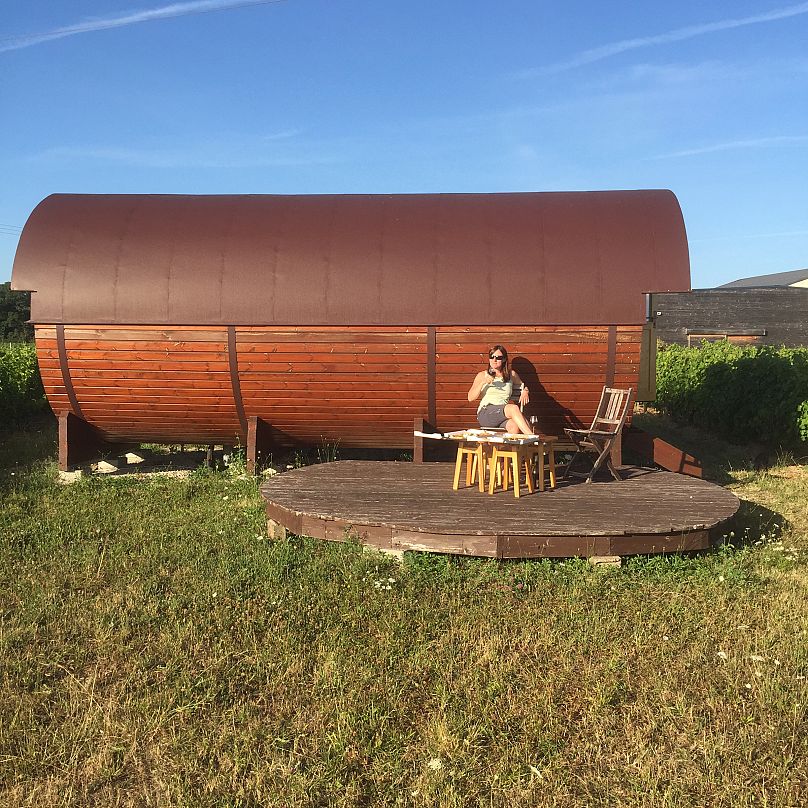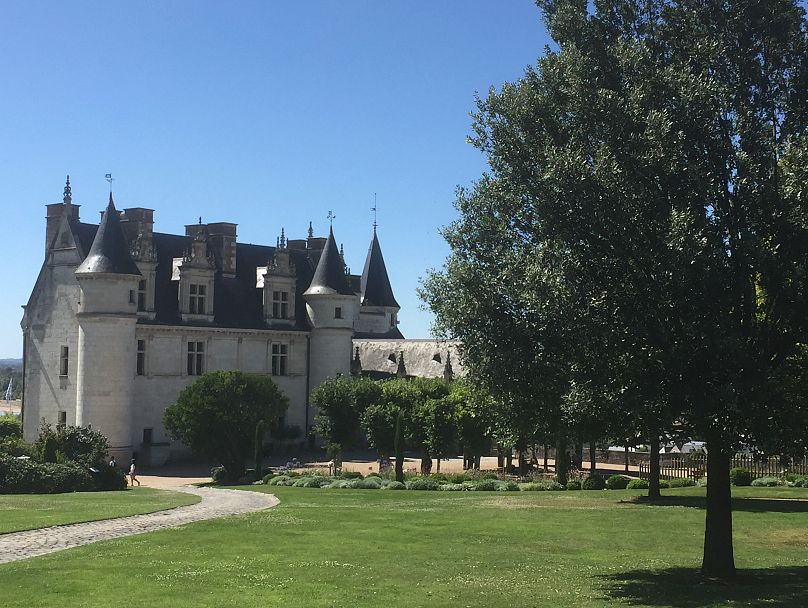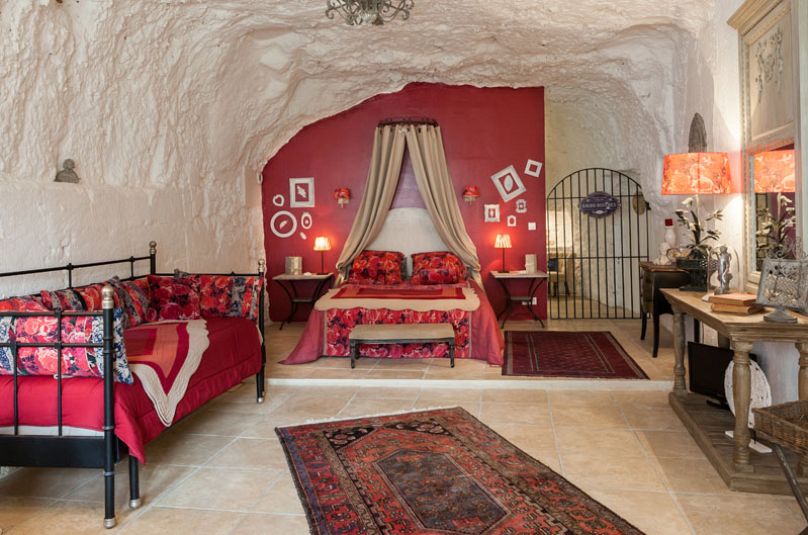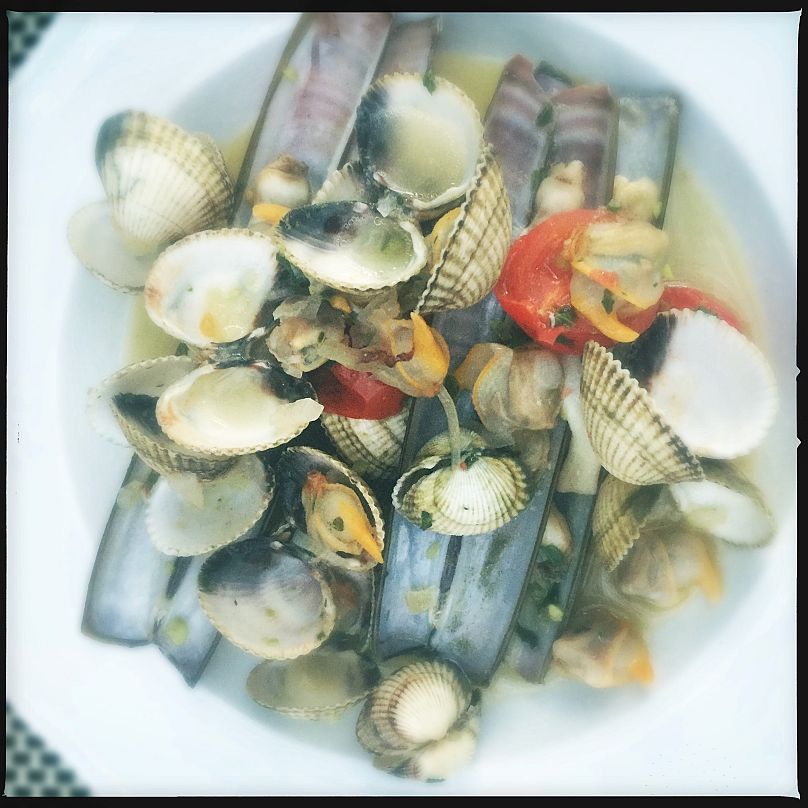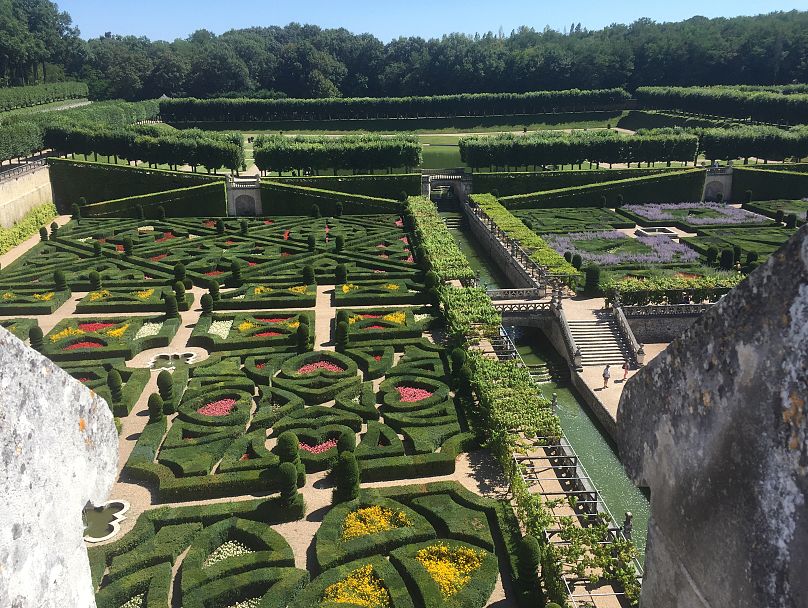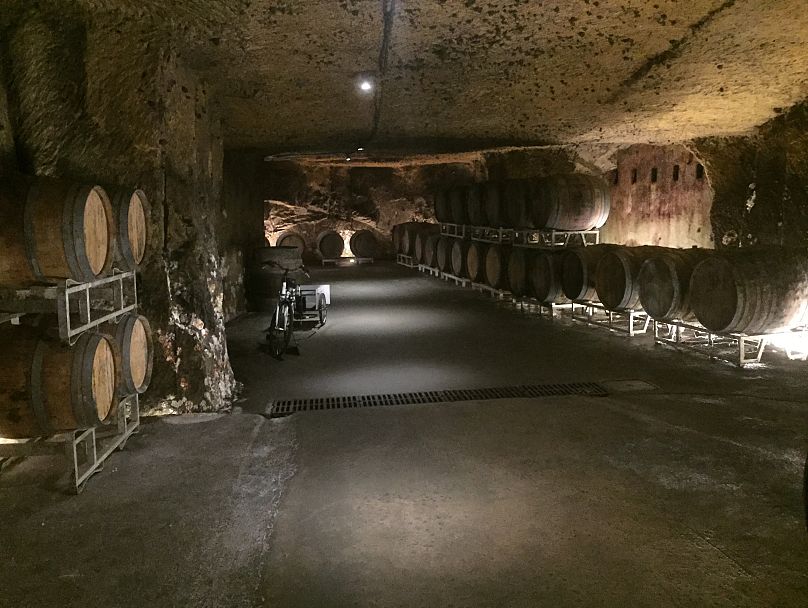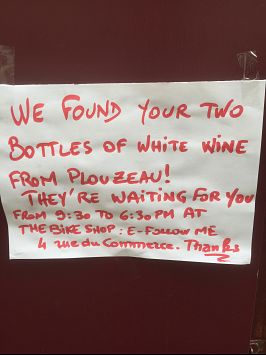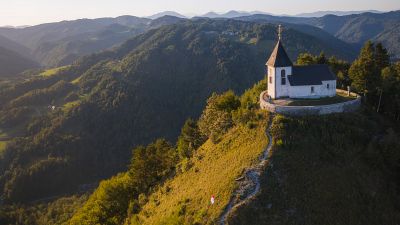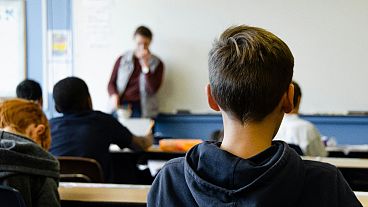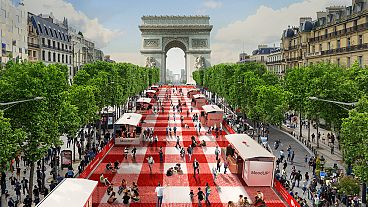From Pouilly Fume to Chinon: there are treasures outside of the Loire Valley's majestic castles, and the secret is in the soil.
Our story begins over 200 million years ago.
The secret to the world's finest Sauvignon Blanc lies in the soils of France's Loire Valley. On a geological level, the area was part of the Paris Basin, a Triassic era seabed that encompassed not only the Central Loire but the Champagne region, reaching up as far as the famous chalky cliffs of Southern England. It is this chalky limestone that gives the valley's Sauvignon Blancs their mineral character. You can taste the land, what the French call 'gout de terroir', and that is perhaps the greatest joy of wine travel.
Sancerre and Pouilly-Sur-Loire
Separated by only a few kilometres, these iconic wine towns almost face each other across France's longest river. Here in the Central Valley, you straddle the halfway point of the Loire, but it's just the beginning of Sauvignon Blanc country. It's around 500 kilometres from here to the mouth of the river as it meets the Atlantic Ocean, and in the other direction, it's another 500 kilometres to where the Loire rises all the way down in the Ardeche.
In so many cases, if the climate is within the margins of feasibility, you will find a river at the heart of a wine region. Bordeaux's muddy Gironde, the Riesling-inspiring Mosel, Australia's Margaret River, and Rioja's Ebro (almost as long as the Loire) have an effect on what's in your glass that is difficult to overestimate. It is unmistakeably so in this part of France. The Loire brings heat and reflected light to the vineyards that follow its course, added natural ingredients that ensure the grapes can ripen, largely undamaged, even though we're north of the 47th parallel.
The wines are, by and large (if you'll pardon that extraordinary expression) dry with rather high acidity. 'Zip' and 'zing' are thrown around in the tasting rooms and bars, while gooseberry is the aroma most commonly associated with Sauvignon Blanc from this part of the world. Some less polite reviews have given the herbacious odour a likening closer to that of certain feline liquids, but wine can be very much an 'each to their own' activity.
The soil is well-drained and chalky, and you can certainly detect that 'wet stone' smell when you dip your proboscis into a Sauvignon Blanc from these parts. They are often fermented in stainless steel vats which does wonders to preserve freshness in a grape that is so expressive without the influence of oak. Both Pouilly-Fumé and Sancerre wines can be on the expensive side so my tip is to venture just outside the appellation to the village of Menetou-Salon. The wines from here are cheaper but are likely to also be expressive, particularly of the tropical elements of the grape.
The central Loire Valley is tailor-made for cycling holidays. There are dedicated paths pretty much all the way from Nievre to Nantes, and little of it tough going. But you can't be a wine lover and bypass Sancerre, which means you have to take a deep breath and push through the pain of at least one climb on your vacation.
At the top of the hill is the town centre, replete with museum. Here you can learn all about the wine and the 'terroir' - a word that you will hear often in wine-speak. It's a French term but is adopted universally to signify the climate, soil, and viticultural practices of a particular area. It's inextricably linked to the character of the area's wines.
Interactive displays, educational films, and of course a tasting room can be found at the museum. So you can educate yourself on the main soil types of Sancerre (knowing your caillotes from your grillotes is essential if you want to understand how the land affects the taste) before tasting the evidence at your leisure. But stay hydrated if you decide to visit in high summer. You could see temperatures approaching 40 degrees Celsius.
Silex, or flint soil is more common down the road in the vineyards of Pouilly-sur-Loire. And perhaps the only way for the wine enthusiast to tell the difference between wines from here and those from the hilltop town is to search in the glass for a characteristic known as 'gunflint'. This is simply the minerality of the limestone soil giving a 'steely' flavour. You'll find something similar over in the northernmost reaches of Burgundy with Chablis.
On the cycle path between the two towns, there are a few places -- Couargues being one -- where you can get down to the Loire, its bed so massive that the river itself is dwarfed in places. There you may find a shallow place to bathe in relative solitude.
All of this within easy reach of Paris. Which is handy, as the twice-weekly flight to Tours from London Stansted by Ryanair has been cancelled amid the travel chaos brought on by COVID.
The Regal Loire and places to stay
As the Loire winds itself west through dappled sunlight and willow-shade, so begins the cavalcade of chateaux. Nowhere in the world can you find a series of such spectacular examples of architecture, one beautiful example following only a matter of a few miles from the last. More castles than grape varieties exist here, and a favourite has to be Chateau Chambord, a 16th Century former royal palace that strikingly epitomises the French renaissance. This fabulous edifice is surrounded by 13,000 acres of grounds, where you can cycle, hike or even hire a fishing station. The sprawling woodland is also a game reserve that harks back to the young king who commissioned the palace, Francois I, himself a keen hunter.
You can stay on the grounds at the Relais de Chambord if you want to get as close as you can overnight. Expect to pay around 200 euros per night for a double room, and you won't get much change out of 350 euros if you upgrade to a deluxe double room with a castle view. Prices, as you well know, can vary.
Something a little more quirky exists a few more miles west in Cheverny. For a true wine lover's experience why not stay the night in the middle of a working vineyard...in a massive wine barrel?
Domaine de Montcy is a 30-hectare organic vineyard, run by Laura Semeria. It's an oasis of quiet as long as you don't coincide with harvest time. The barrel sleeps up to 3 and comes in at 125 euros a night.
En route to the major city of the area, Tours, there are of course more castles to enjoy. A detour to Chateau Amboise would make for a decent afternoon, and more than adequate bistro La Pause de Temps will be just the ticket for a quick al fresco lunch on the narrow streets.
The accommodation stays quirky once in the Tours area. If you're travelling on a budget, try the Bivouac Tent experience at the Saint Avertin campsite. It's a tent on stilts that represents excellent value for money at around 35 euros per night, or if you want to get a taste of local history, arrange to stay in a troglodyte cave. Talk to Valerie at La Tufoliere and you will not be disappointed. An unusual but authentic cave experience, beautifully decorated too, and under 90 euros including breakfast.
Just a few steps from the cave is a little foodie gem called La Table de Joseph. It has a delightful alfresco patio and the menu is simple but elegant. Their three-course menu will only set you back 29.50 euros per person.
There's plenty of choice when eating out in and around Tours. Try L'Escapade, where friendly service meets culinary innovation. It's on Rue Colbert, where you can find most things you might desire, including an electric atmosphere.
You can use Tours as a base for exploring more of the Loire too. If you get up early enough you can fit in three castles by bike in just one day, but two would be more comfortable as you will have to cover quite a distance. And if you are on a more leisurely schedule and want to just head to one, you should take yourself along the cycle paths to Chateau Villandry, where the gardens are breathtaking.
Chase the Loire a few miles further west and you will find a tributary river called The Vienne. Follow that to find the charming town of Chinon, whose tiny streets and tree-lined river walks make for a getaway that is both quaint and quiet.
Here, the Cabernet Franc grape takes precedence. If someone says 'pencil shavings' to you during a tasting at a nearby cave, they haven't gone mad, but you may more commonly find aromas of bell pepper alongside the red fruits that are more immediately obvious. Here at the western end of the Touraine winegrowing zone, the influence of the Atlantic is felt as the climate moves away from continental and into maritime. These reds can taste quite leafy in cooler vintages so don't be afraid to ask your wine provider for a warm year if it's not your bag.
Head to the Plouzeau cellars for an authentic cave experience.
You can also taste local whites which are made from the Chenin Blanc grape. Another varietal that is high in acidity, Chenin Blanc is also incredibly versatile and can make great dry, sweet and sparkling wines - and all types are made in the Loire Valley. From a tasting selection at Plouzeau, I thought their 2018 Silice an excellent buy, coming in at under 20 euros and giving off the requisite 'zing' whilst exhibiting breakfast fruits and sponge cake.
Take care not to lose your bottles while distracted by the beauty of the town, though. But if you do, you'll find the people of Chinon extremely kind and honest, as I did (see right). This act of chivalry led me to the local bike rental shop, E-follow me. Jeff will set you up with a normal city bike, an e-bike or if you're in a pair, why not inspire light amusement with a tandem (42 euros for a full day).
For food, you have a good enough selection for a long stay or merely to make your decision tough on a weekend. La Part des Anges (The Angels' Share) was a solid choice and its etymology an industry term referring to the evaporated liquid in a cask of wine or spirits.
There are a number of decent Airbnbs in the town, but my pick is the Angelus B&B Millefiori. A private room in a 15th Century house. Prices fluctuate with the season but it's exceptionally good value for money.
“When I drink, I think; and when I think, I drink," said French humanist and writer Francois Rabelais, who was born in Chinon in the late 15th century. The Loire Valley remains an excellent place to do both.
